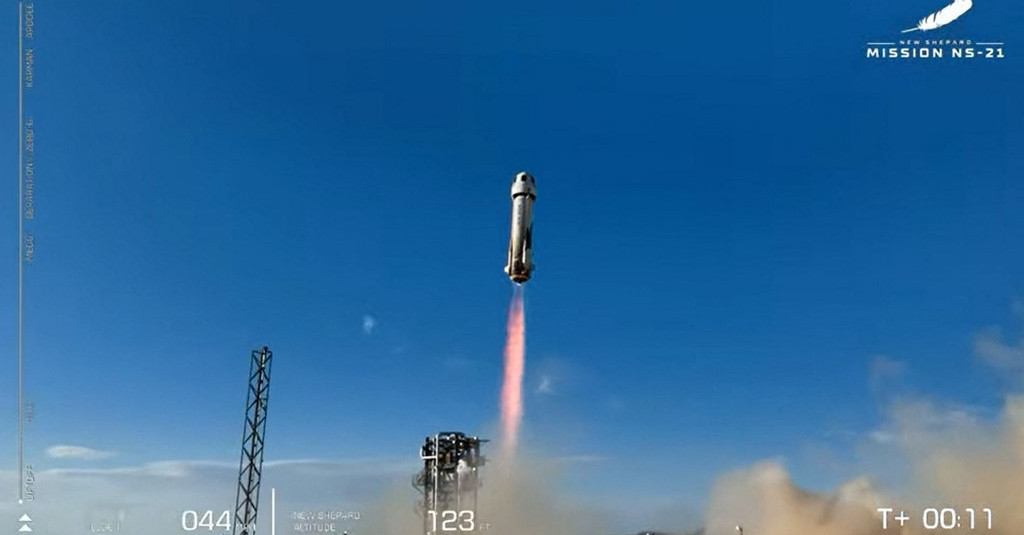The chemicals involved are hydrotrioxides. The chemical is made up of a hydrogen atom and three oxygen atoms. Perhaps most worrisome, however, is how long these super-reactive chemicals will persist in Earth’s atmosphere and how they may affect human health and Earth’s climate.
It was previously believed that hydrogen oxides only live for a very short time. However, according to a new study, they may remain in Earth’s atmosphere for at least 20 minutes, but even longer. And because it is the product of repeated chemical reactions, it is almost constantly replenished.
This super-reactive chemical can react very quickly with other compounds in the Earth’s atmosphere.
Because aqueous oxides contain additional oxygen atoms, they can be highly flammable. In fact, other peroxides are used as rocket fuel due to their flammability.
It’s important to note that this isn’t a new chemical reaction: According to a study published by researchers in Science in late May, this is the first time we’ve found evidence of these chemicals in the atmosphere. But now that we know that this super-reactive chemical is present in Earth’s atmosphere, some scientists are wondering about its effect on our health.
It is no coincidence that scientists consider hydrated oxides to be highly reactive. Unlike some other chemicals, hydrotrioxides can react with almost any other chemical. Moreover, hydroxides are formed in almost all chemical reactions.
Researchers estimate that at least 11 million tons of hydrogen oxide are formed in the atmosphere each year.
Because this super-reactive chemical is so common in Earth’s atmosphere, scientists believe it could play a key role in the way the atmosphere works. However, what this role is is not clear. To prove this, scientists need to look more closely at the hydroxides as a whole.
Although we haven’t got an answer for everything yet, it’s always exciting to see science confirm that there’s something in our world. Yes, the chemical itself may not be new. But its presence in our atmosphere is new knowledge. Now that we know that, we can see what role it might play, and even if it does play a role in the atmospheres of other planets.
(Featured image: In this still image from the Blue Origin broadcast, a Blue Origin New Shepard rocket is launched from the first launch site in West Texas north of Van Horn on June 4, 2022. The NS-21 mission is the fifth manned flight of the Blue Origin/BLUE flyer. ORIGIN / AFP)












































